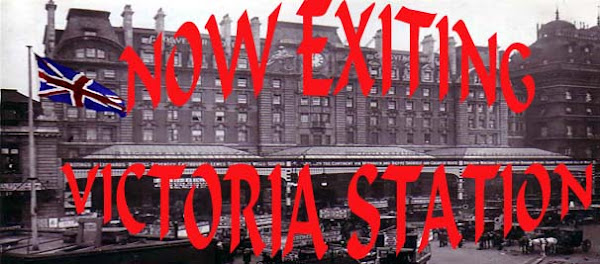Buoyed by the knowledge that even our illustrious professor spent some little time with this text before actually understanding it, this post is basically going to be a collection of my impressions after reading the Four Quartets through a few times. These observations are likely to range from the intuitive to the inaccurate, but I am nonetheless confident that Tom, were he living, would take comfort in knowing that time doth not wither nor custom stale his infinite variety. Besides, every time an English student is baffled by Eliot, an angel gets its wings. Or something.
As I leapt into “Burnt Norton,” I was reminded forcefully of “Tradition and the Individual Talent.” There is a theme, not just of time (which I’ve beat to death all semester, but hey, so did the modernists) but of an interrelation of the past, present and future. They are bound up together. In the essay Eliot claimed that as the past shaped the future, so the present reshaped the past. The lines “Time present and time past/Are both perhaps present in time future,/And time future contained in time past” seem to say much the same thing to me.
There seems to be a great deal of play with binaries in the work. In particular the concept of the finite versus the infinite is played with over and over. The infinite, represented by the circle (an image repeated throughout the whole piece in various ways), is also connected intimately with… surprise! Time. Comparisons are drawn between the fluidity and circular (also seasonal) nature of time and the finite ideas of beginning and ending. The poem, in my opinion, favors the infinite as it often link beginning and end together – thus the circle again.
Other binaries that are explored at length are motion versus stillness, light versus darkness and sound versus silence. The references to sound caught my attention most as they included a host of different representations: singing, sounds of water (voices of the sea), clanging bells, et cetera. I think it’s interesting that while Eliot used onomatopoeia in other works, here he mentions noise without describing it in that way.
The whole poem was much more pleasant to fall into than The Wasteland. There certainly are some changes to his general philosophy. For example after his wicked lashing of marriage in The Wasteland, here he describes matrimony as “a dignified and commodious sacrament” in a better temper about that particular subject, certainly…
Eliot does use some interesting techniques. Sometimes he rhymes, mostly not. Here and there the poem feels like it speeds up. During a portion of East Coker he even slips into Middle English-y spelling. I don’t pretend to understand the significance of any of this beyond the fact that it looks and sounds pleasing to me. Obviously I have many questions. Not least of which is what in blue blazes did I read? I’m certain that with the help of some outside material (I intend to read more of the selection provided before Wednesday) we will leap into the meat of the work at length in class.
Monday, April 14, 2008
Subscribe to:
Post Comments (Atom)



No comments:
Post a Comment